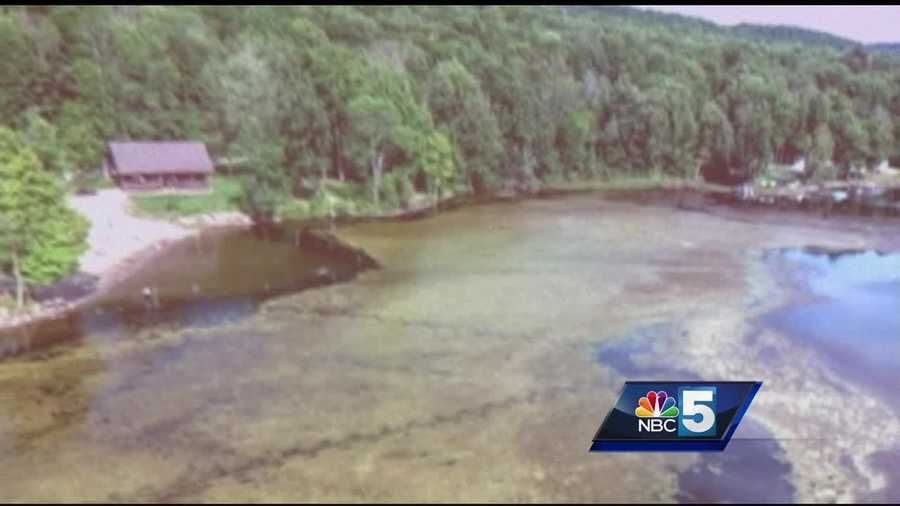Fighting invasive species in Lake Iroquois
Association fundraises to fight milfoil
The Lake Iroquois Association brought avid outdoors men and women from across Vermont together Wednesday night to talk about cleaning up Lake Iroquois.
Their current challenge?
“It's called Eurasian-water milfoil,” said Jamie Carroll, director of the Lake Iroquois Association, "We've been working on it, but it's been getting worse.”
The fern-like invasive species can grow up to 14 feet underwater; clogging up lakes, sticking to swimmers and boats.
"Not only do we want to get the milfoil out, but we want to prevent its continuing to come in,” said Association President Pat Suozzi.
Lake Iroquois is not the only lake struggling with the issue.
"Having grown up spending summers at Lake Carmi, I remember how it once was,” said Diane LaRose, a member of the Lake Carmi Campers Association who came to the meeting to learn about financing milfoil management, “The level of milfoil that we're now experiencing is making it difficult to navigate through the waterways."
But there are some ways to keep this pesky plant under control, including chemicals like Triclopyr (brand name: Renovate) or Fluridone (brand name: Sonar).
They're both approved herbicides in the state of Vermont, and Carroll says those few residents who use the lake as a drinking water source don't need to worry.
"They don't bio accumulate, so they don't accumulate in a person's body,” said Carroll, “They basically would wash through.”
The state would have to approve any new lake control techniques.
If they do, the association will work with a company licensed to distribute milfoil-killing chemicals into the lake.
There's just one problem.
“it's a fairly expensive undertaking,” said Carroll.
Using the herbicide could cost between $80,000 and $100,000 dollars, with touch-up treatments as years go by likely costing around $50,000 dollars.
But through state funding, and donations from Williston, Hinesburg and Iroquois Lake residents, Carroll said the project, “seems doable.”
Association members said Williston donated $20,000 dollars this fiscal year to the fight against milfoil.
The town of Hinesburg donated $5,000, and lake residents gave $12,000 dollars.
The state of Vermont donated $13-thousand dollars, which was used for this summer's suction harvesting, which takes out some milfoil, but not enough to keep the problem under control.
The Association says the herbicide treatment is much more cost effective than suction harvesting and should keep the species contained.


